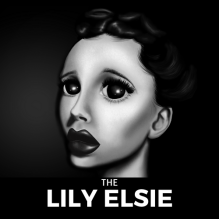‘‘The parties were bigger. The pace was faster, the shows were broader, the buildings were higher, the morals were looser, and the liquor was cheaper.”
– F. Scott Fitzgerald.
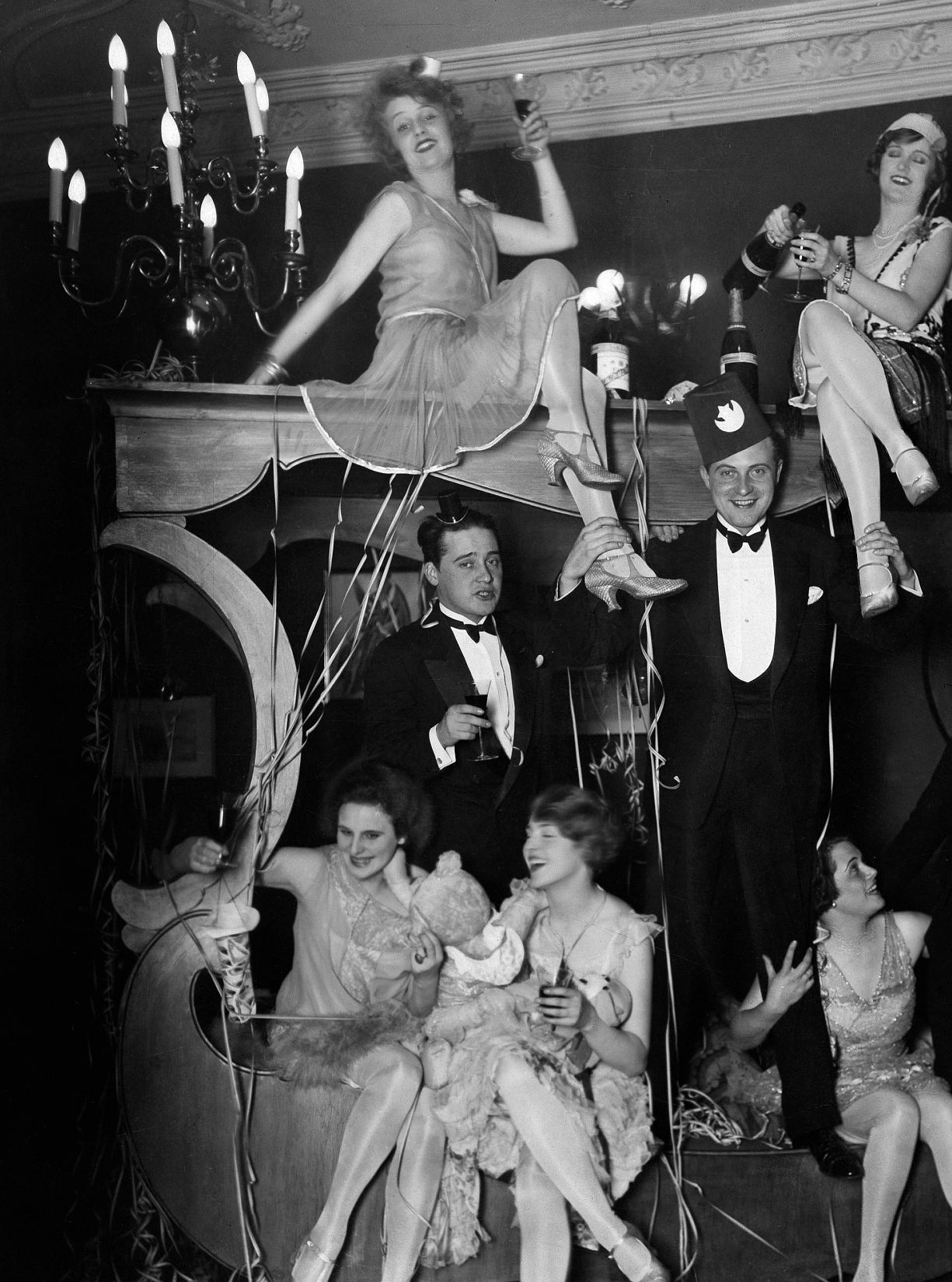
(ullstein bild, 1927)
Courtesy of Getty Images
Although this quote could easily be applied to this day and age, Fitzgerald describes the nineteen-twenties, the lively Jazz Age. I believe that our modern world has many distinct similarities to the nineteen-twenties; many more than others would agree.
That is what fueled my desire to create a blog that educates its readers, on the relevance nineteen-twenties fashion, music and art has on the modern world. I particularly want to reach out to readers within my demographic, students aged sixteen to twenty-five. We will soon be the leaders of the world, therefore it is important that we have a clear understanding of our history and how it influences our future.
I want to look behind the cliché representations of the nineteen-twenties and dig deeper into the who, what, when, why and how’s, of this revolutionary decade.
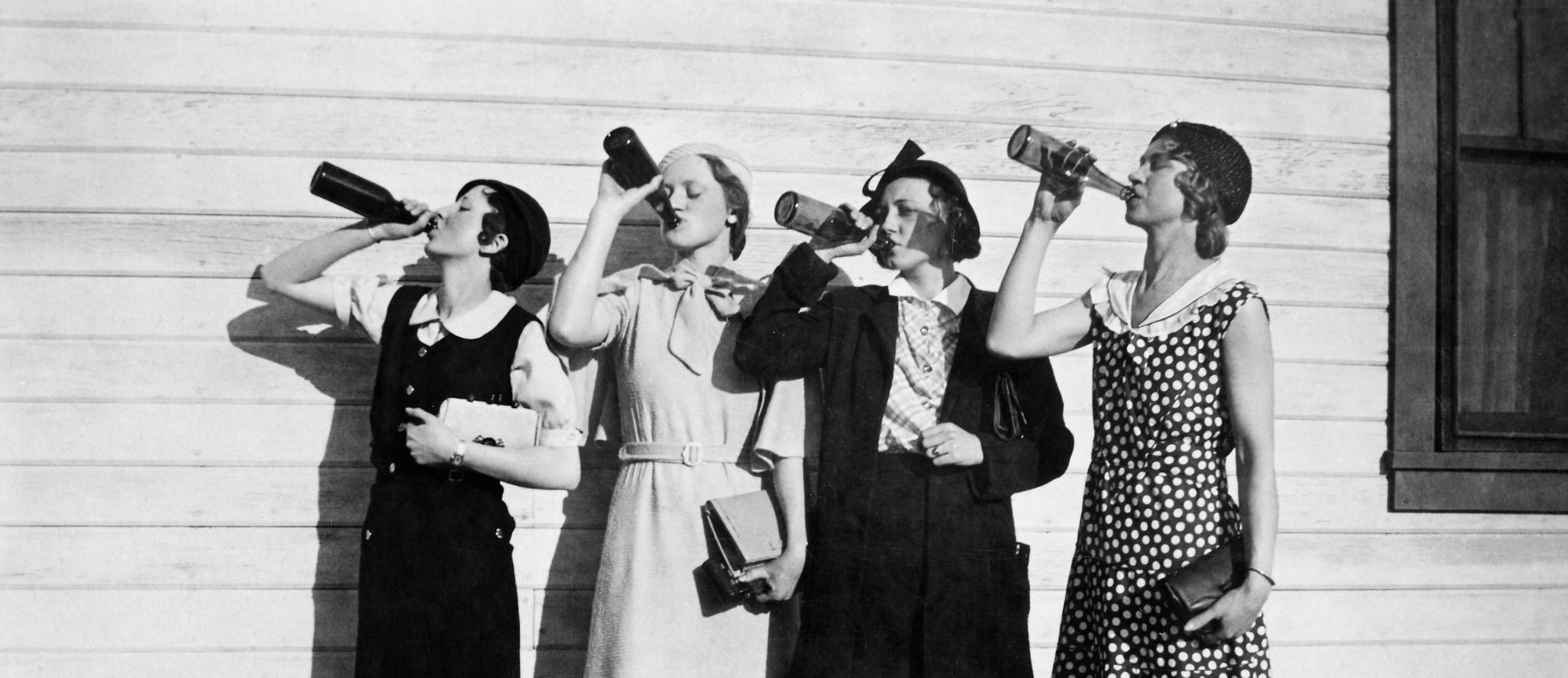
(Kirn Vintage Stock/Corbis, c. 1920)
Courtesy of Getty Images
The nineteen-twenties was a time of women bending gender-roles and fighting for equality; African-Americans establishing themselves as free citizens within western society and Art Deco taking over the streets of Europe with bright colours and bold shapes that mirrored the radicalisation society faced in this decade.
I will investigate the culture movement, the Harlem Renaissance, to see how it paved the way for African-Americans becoming recognised citizens with equal civil rights.
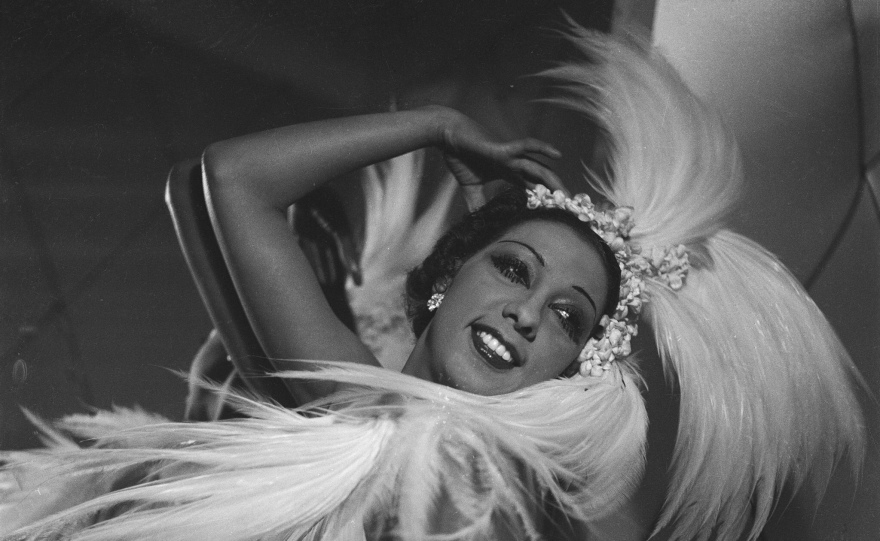
(Gaston Paris/Roger Viollet, 1926)
Courtesy of Getty Images
I’ll research the life of entertainer Josephine Baker, and evaluate if being a black woman still as much of an inhibitor to success as it was a century ago.
I also want to touch point on Coco Chanel’s greatest rival, Elsa Schiaparelli, and see how Schiaparelli’s innovative, wearable art pieces influenced a new generation of designers.
Although the nineteen-twenties was almost a century ago, the plights and imposition of traditionalism that they faced, are still relevant issues today.

(Unknown, c. 1908)
Retrieved from Wikipedia
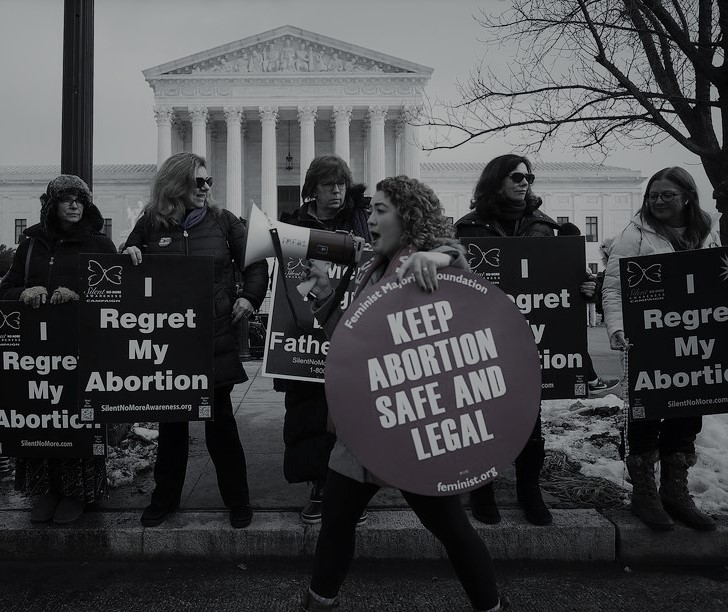
(Mark Wilson, 2019)
Courtesy of Getty Images
Women in the nineteen-twenties had fought for the right to vote, while women in twenty-nineteen are fighting for their right to abort. Both decades see women rebelling against men, who think they should decide women’s choices.
Africans-Americans then, fought to be recognised in civilisation, while African-Americans today fight to be recognised in the workplace. As our government works to close the minority achievement gap, we could look at what previous achievers did.
I want to bring those successes to light so that we can make a connection between what they did and what we could do.
